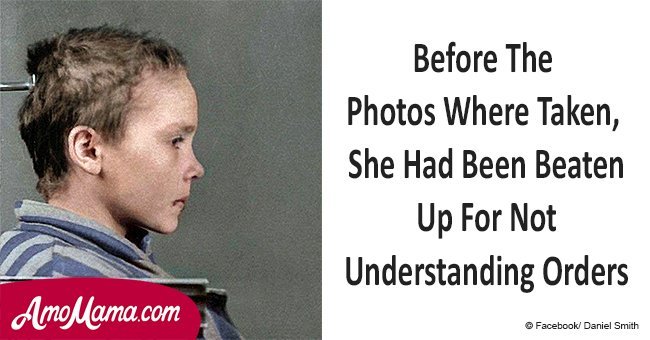
Last photos of a 14-year-old girl in Auschwitz gets colorized and they are so painful to see
The last photos of the Nazi death camp prisoner show the gruesome reality of her suffering inside the camp.
After digital artist Marina Amaral colored the historical photos of a 14-year-old girl, Czeslawa Kwoka, who was sent to the infamous Nazi death camp, Auschwitz, the image has been heart-wrenching for many to watch.
According to Bored Panda, the young girl, Kwoka, was taken to the camp as a Polish prisoner and was punished for not following the orders.
The tragic and haunting past of the young girl was not magnificently visualized by artist Amaral as she breathed life into the old black-in-white photographs.
The source further suggested that the original photos of the young girl were taken by another inmate inside the death camp as a part of the project to document the lives of those who suffered inside Auschwitz.
The photographs were taken only a few moments after she was brutally beaten by a female guard, the source further highlighted.
It further quoted a source as stating: "She cried but she could do nothing. Before the photograph was taken, the girl dried her tears and the blood from the cut on her lip.”
Her face can be seen bruised and her lip has been cut. The state that she is in absolutely heartbreaking for anyone to see.
The source suggested that by bringing this heartbreaking moment of Kwoka's life to color again, artist Amaral has been able to remind everyone about the sufferings of the young girl, which she endured in the death camp.
The photographs were the last of Kwoka that was ever seen again, so they suggested a haunting reality about how the young girl might have spent her last few days in Auschwitz.
Amaral is famous for bringing old and historical photographs to life by adding colors to them. So far, she has colored the historically monumental photos like 'the burning monk,' and an orphaned boy from London, 1945.